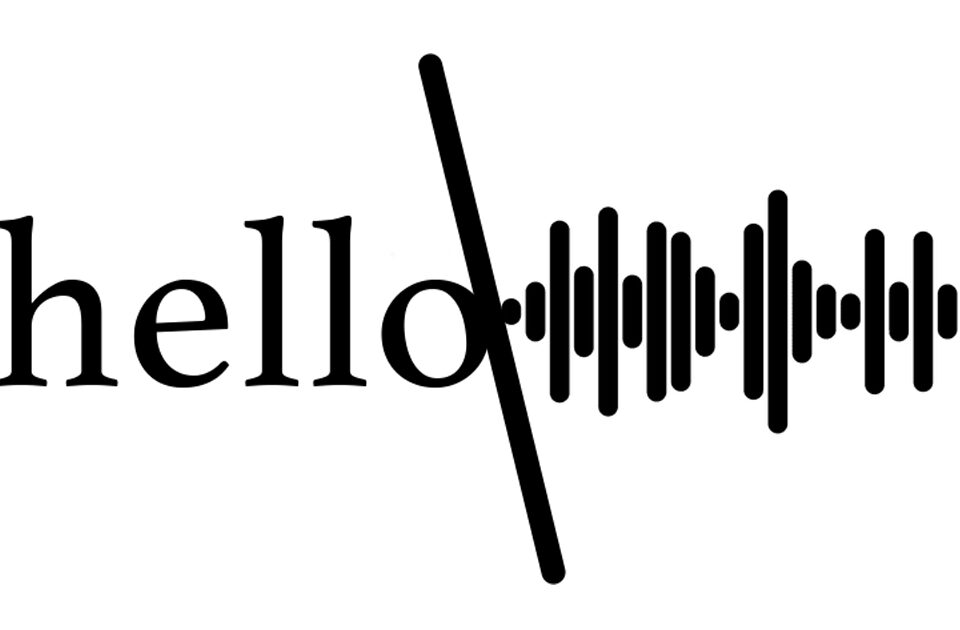The Evolution and Impact of Voice Recognition Technology
Voice recognition, also known as speech recognition, is a technology that allows computers and other devices to interpret spoken commands and transcribe spoken words into text. This groundbreaking innovation has paved the way for numerous practical applications, such as virtual assistants, voice-controlled home automation systems, and dictation software. With its increasing prevalence in everyday life, voice recognition is revolutionising the way we interact with technology.
History of Voice Recognition
The journey of voice recognition technology can be traced back to the 1950s, with the creation of the first speech recognition system, known as “Audrey” by Bell Laboratories. Audrey was capable of understanding and interpreting simple numerical commands. The 1960s saw the introduction of IBM’s Shoebox, which could recognise 16 spoken words in the English language. As technology progressed, the 1970s brought forth the Harpy system developed at Carnegie Mellon University, which increased the number of recognised words to 1,011.
The 1990s marked a significant leap forward with the advent of the Hidden Markov Model (HMM), a statistical method that improved the accuracy of speech recognition systems. This development led to the launch of Dragon Dictate, the first commercially available voice recognition software. In recent years, advancements in artificial intelligence, machine learning, and natural language processing have further refined voice recognition technology, giving rise to popular virtual assistants such as Apple’s Siri, Amazon’s Alexa, and Google Assistant.
How Voice Recognition Works
Voice recognition technology typically works through a multi-step process, which includes the following stages:
- Audio Capture: The system records the user’s speech via a microphone or other audio input device.
- Signal Processing: The audio signal is converted into a digital format, with background noise reduction and normalisation of the sound levels.
- Feature Extraction: The system identifies distinctive features of the user’s speech, such as pitch, tone, and rhythm, to differentiate between different words and phrases.
- Pattern Matching: The extracted features are compared to a database of pre-recorded speech patterns to identify the spoken words or commands.
- Language Modelling: The system utilises natural language processing algorithms to understand the context and meaning of the spoken words, enabling a coherent response or action.
Applications of Voice Recognition Technology
Voice recognition has found its way into a wide array of applications across various industries, a few of which are detailed below:
- Virtual Assistants: Siri, Alexa, and Google Assistant are prime examples of voice-activated virtual assistants that help users perform tasks like setting reminders, sending messages, and searching the internet using voice commands.
- Home Automation: Smart home systems with voice recognition capabilities enable users to control their home’s lighting, temperature, and security systems using their voice.
- Dictation Software: Professionals and individuals can use voice recognition to transcribe spoken words into text, improving productivity and efficiency in various work settings.
- Customer Service: Companies are increasingly implementing voice recognition technology in their call centres to streamline customer support and reduce wait times.
- Healthcare: Voice recognition is being utilised in the medical field for tasks such as transcription of doctor-patient conversations, voice-activated note-taking, and even remote patient monitoring.
Challenges and Future Prospects
Despite the significant advancements in voice recognition technology, there are still challenges to overcome. Factors such as background noise, accents, and dialects can affect the accuracy of speech recognition systems. Additionally, privacy and security concerns surrounding the storage and usage of voice data remain a critical issue.
However, as technology continues to evolve, voice recognition systems are expected to become more accurate, adaptable, and secure. With the integration of voice recognition into more devices and applications, the way we interact with technology is poised to undergo a fundamental transformation, shaping a future where voice commands become as commonplace as typing or swiping.
Emerging Trends in Voice Recognition
As voice recognition technology continues to advance, several emerging trends are expected to shape the future landscape of this field:
- Multilingual Support: As the global community becomes more interconnected, there is a growing need for voice recognition systems to support multiple languages and dialects. This will enable users from diverse linguistic backgrounds to access and interact with technology seamlessly.
- Emotion and Sentiment Recognition: Future voice recognition systems may be capable of understanding not just the words we speak, but also the emotions and sentiments behind them. This will open up new possibilities for empathetic and contextually aware responses from virtual assistants and customer service bots.
- Integration with IoT Devices: The Internet of Things (IoT) is expected to play a significant role in the future of voice recognition. As more devices become connected and “smart,” voice commands will become an increasingly popular method for controlling and interacting with these devices.
- Enhanced Security Measures: As privacy and security concerns grow, voice recognition technology will need to adapt to ensure the safe storage and processing of voice data. Biometric voice authentication systems, which use unique voice patterns to verify a user’s identity, may become a standard feature in the future.
- Personalised Experiences: As artificial intelligence and machine learning continue to advance, voice recognition systems will become more adaptable to individual users’ speech patterns, accents, and preferences. This will result in more personalised and efficient interactions between users and technology.
Summary
Voice recognition technology has come a long way since its inception, and its impact on our daily lives is only set to grow. As this technology continues to evolve, it is expected to break down language barriers, enhance accessibility, and revolutionise the way we communicate with our devices. By overcoming current challenges and embracing emerging trends, voice recognition is poised to become an integral part of our digital future.


